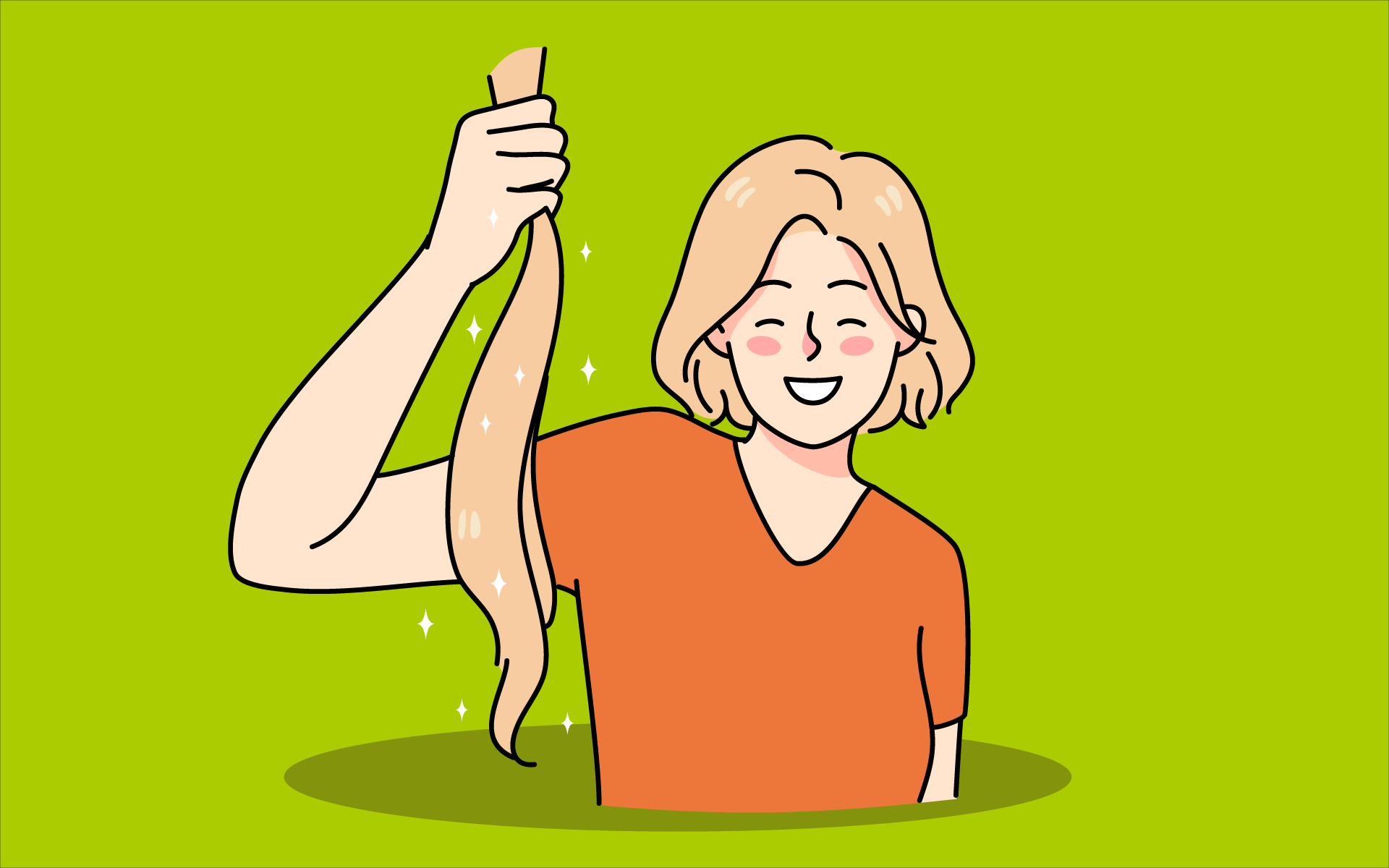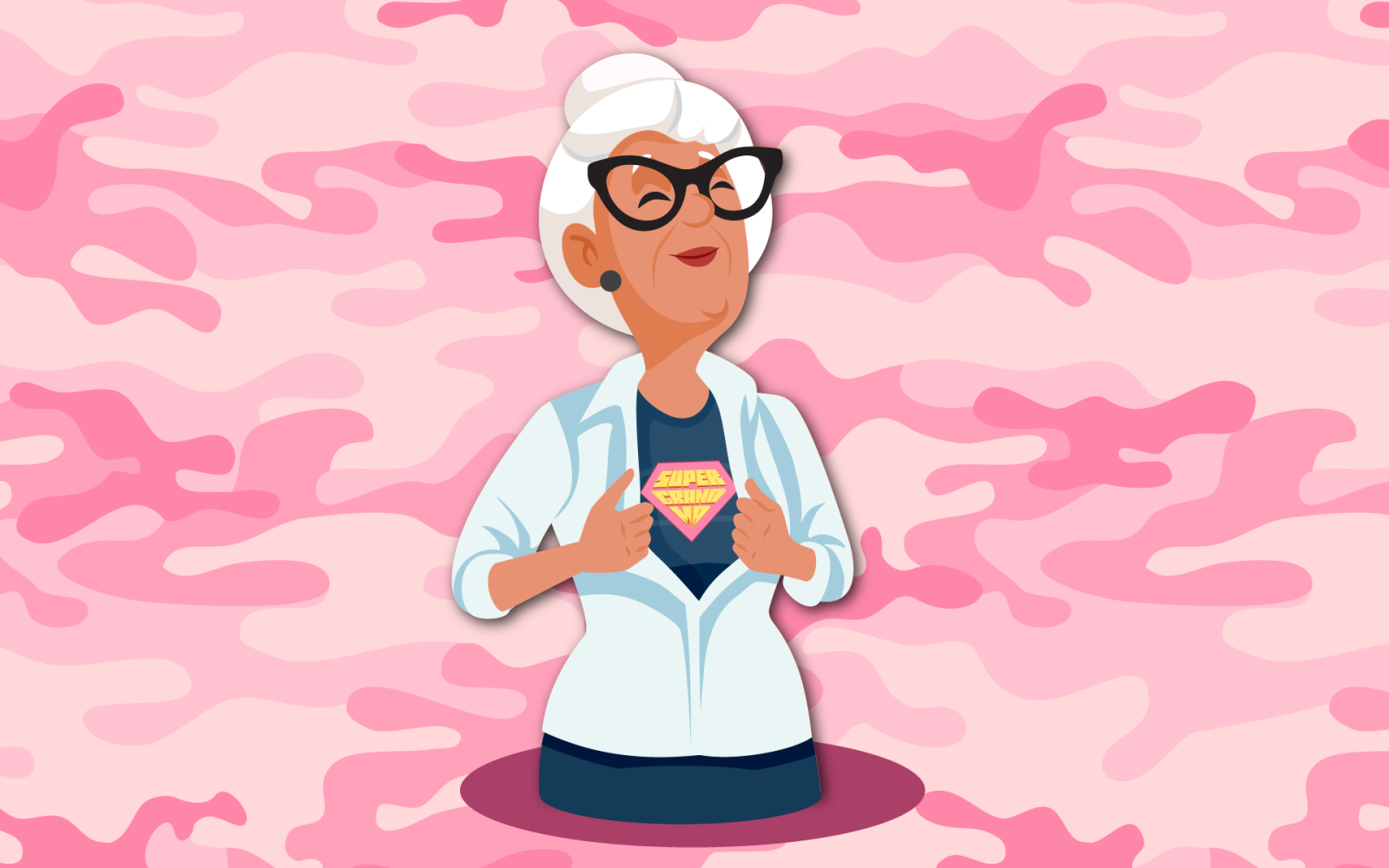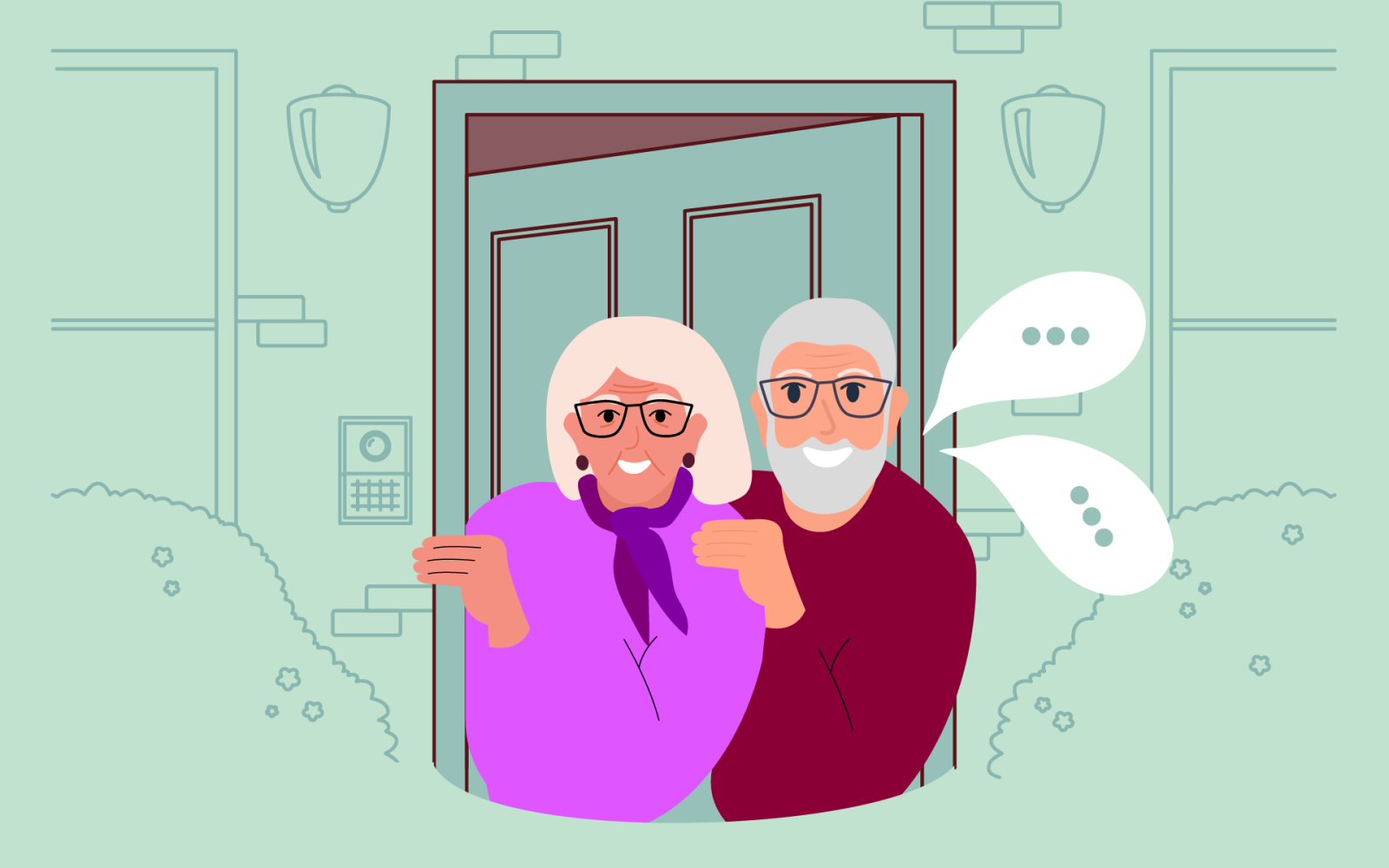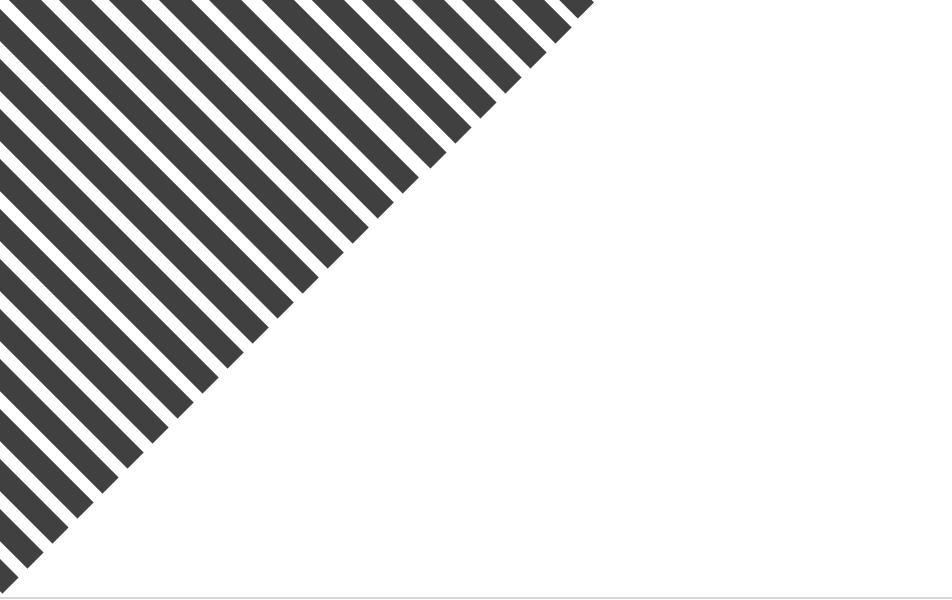The radical haircut that made me feel like me

Cutting off my long blonde locks was the self-revolution I needed.
I grew up in the Middle Eastern country of Bahrain. Being blonde, especially in the 2000s, was rare there. People would sometimes touch my hair – even complete strangers.
They complimented its silky texture, its thickness, its natural highlights.
None of this was malicious, but it made it clear to me from a young age that my hair played a big role in how people perceived me.
My teenage friends nicknamed me Blonde, partly because I was the only blonde friend in the group, but also out of irony. They noticed that my personality was incongruent with my long blonde hair.
I felt this discordance whenever I looked at photos of myself. While I could acknowledge that my hair was conventionally pretty, the girl in the photos didn’t feel like me.
Ever since my teens, I wanted a short, boyish haircut. I was certain it would make me feel more like myself.
My parents never allowed it. My mother, who had frizzy red hair, always said, “People pay so much money to have your hair, so don’t be ungrateful and cut it off.”
Even as an adult, it felt like a constant negotiation with hairdressers.
“Don’t go short,” they’d say. One protested it so vehemently I broke down into tears. I felt like an idiot for crying over my hair.
For a long time, the most I could do was to strong-arm a hairdresser into giving me a bob.
I ended up avoiding the hairdresser between 2019 and 2020. I’d conceded that it would always be an unpleasant experience. Over that time, my hair grew down to the small of my back.
It was unwieldy, sweltering in summertime, difficult to dry in winter, and fell limp from its own weight. It lacked personality – my personality.
In 2021, I went to a new hairdresser with a photo of my desired haircut. I showed him the picture and said, “I’m going to donate my hair. You can cut it all off.”
He asked, “Have you ever gone that short?
I lied, “Yes.”
I walked out with the boyish cut I’d wanted for so long.
Two years later, I got a new hairdresser who loves alternative, androgynous looks.
She gets excited whenever I say, “Here are some ideas, go wild.” Or sometimes I give her the go-ahead to do whatever she wants. I think I have finally found my hair muse.
An unexpected outcome of my short hair was a newfound interest for clothing and accessories. I used to care little about style, but the act of claiming my own hair as distinctly mine unleashed a love for self-expression.
I discovered that I adore contrasts. Contrasts in shades, colours, patterns, styles, and – most of all – gender.
I want a riot of femininity and masculinity clashing over my body, screaming beautiful rebellion in vibrant sweaters and mismatched jewellery. Turns out, gender is a game that’s fun to play, but only if you break the rules.
Drag culture helped me understand myself in this time. The art of drag is a hyper-performance of the pantomime we all live every day.
What you wear is what you want to communicate to the world about yourself. A canvas you paint daily.
Some argue that they don’t care about appearance, they’ll just wear jeans, sneakers and a hoodie. But that is also something you are communicating, performing.
No matter what you do, you’re telling people information about yourself.
Then we have the greatest performance of all: gender. While drag challenges, reinvents, and redefines gender performance, we all participate in it.
Think of the quintessential Eurocentric gender roles of the dolled-up bombshell blonde in a pristine dress, and her rugged husband with dusty khakis and holes in his shirt.
Conservatives will say this display of gender is “natural”. But no, honey, that is a melodrama of gender.
While women pushed me away from cutting my hair short, it’s men who have since made it a point to comment on my hair and how it’s not attractive to men.
I don’t see why that would bother me, as a gay woman. And even if I were into men, I would never change my appearance to make judgemental people more comfortable.
When I see photos of myself now, I see a nerdy rule-breaker, a rebel on the side of compassion, a quirky queer.
I see myself.




